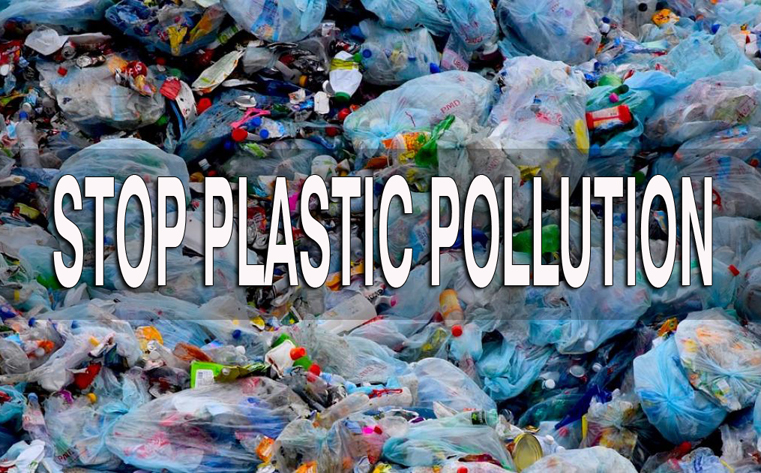
First evidence documenting the presence of microplastics in placenta of unborn human babies has created panic among researchers, environmentalists, government agencies, policy makers, and above all, the common people around the globe.
“It is like having a cyborg baby: no longer composed only of human cells, but a mixture of biological and inorganic entities,” were the words of Antonio Ragusa, Director of Obstetrics and Gynaecology at the San Giovanni Calibita Fatebenefratelli Hospital in Rome, who led the study, the results of which has not only shocked the mothers, but the entire world.
12 microplastic fragments (mostly 10 um in size), with spherical or irregular shapes were found in 4 placentas (5 in fetal side, 4 in the maternal side and 3 in the chorioamniotic membranes).
The researchers found around a dozen plastic particles in both the foetal and maternal sides of the placenta and also in the membrane within which the foetus develops. Only about 4% of each placenta was analysed, suggesting the total number of microplastics to be much higher in the entire placenta.
Microplastics are particles smaller than five millimeters and results from the degradation of plastics present in the environment. Microplastics can move from the environment to living organisms, including mammals.

In total, 12 microplastic fragments (mostly 10 um in size), with spherical or irregular shapes were found in 4 placentas (5 in fetal side, 4 in the maternal side and 3 in the chorioamniotic membranes). Three out of 12 fragments were identified as polypropylene, a thermoplastic polymer which is also the second most widely produced plastic after polyethylene, used for making solid plastic products around us. The other nine were identified to have come from packaging, paints, adhesives, cosmetics and personal care products.
The entry mechanism of microplastics into the bloodstream is not fully understood yet, it is hypothesized that entry and transport might have occurred through the respiratory system or the gastrointestinal system.
The presence of microplastics in the placenta tissues requires the reconsideration of the immunological mechanism of self-tolerance. Placenta represents the interface between the foetus and the environment. It is already reported by researchers that, once present in human body, microplastics may accumulate and exert localized toxicity by inducing and/or enhancing immune responses. Consequently, the defense mechanism against pathogens and altering the utilization of energy stores are potentially reduced.
Plastic pollution has reached every part of the planet, from the summit of Mount Everest to the deepest oceans. Microplastics leaching out from these plastic pollutants are already entering into the human body via food, air and water.
Their effect in the body is still a matter of further research but scientists say there is an urgent need to assess the issue, particularly for infants. Last year, scientists revealed that babies being fed formula milk in plastic bottles are swallowing millions of particles a day. In 2019, researchers reported the discovery of air pollution particles on the foetal side of placentas, indicating that unborn babies are also exposed to the dirty air produced by motor traffic and fossil fuel burning.
Some countries have come forward and banned use of Single-use plastics which holds the largest share in plastic pollution. European Parliament has sealed a new law preventing use of single-use plastics in European Countries, which is set to be applied from 3rd July 2021. Many countries have joined and many are yet to join the global movement in saving environment from the deadly impact of plastic pollution.
Asian countries hold a major share in use of plastic products, particularly, single-use plastic products. Since plastics cannot be digested by mother earth naturally, maximum of these discarded single-use plastic materials ends up in environment choking and polluting rivers, polluting lands, leading to deaths of animals; and finally the microplastics find a way into our body through food and air.
Author
Shubham Raj is an environmentalist and has completed his M.Sc. in Environmental Sciences from North-Eastern Hill University, Shillong (India).